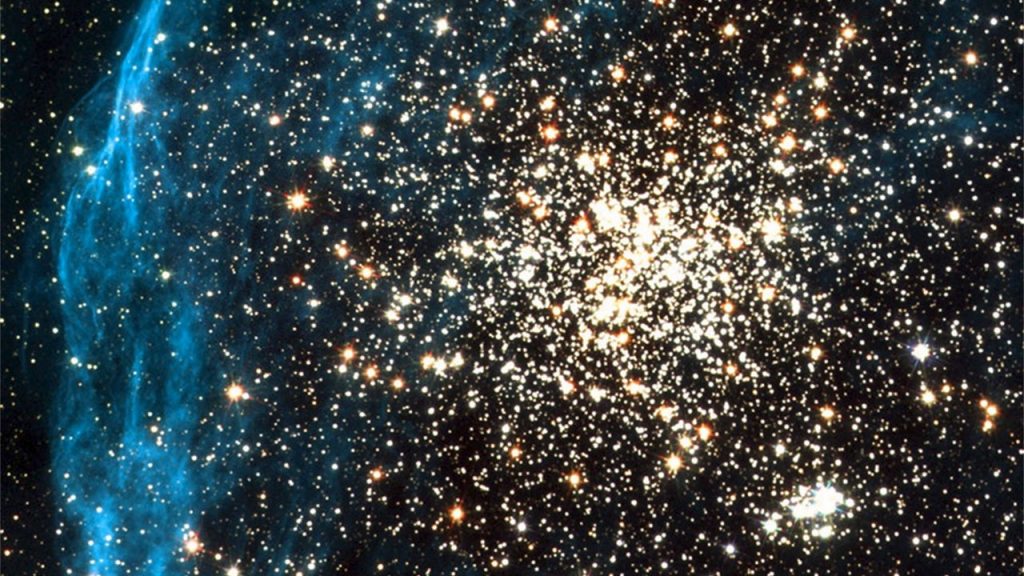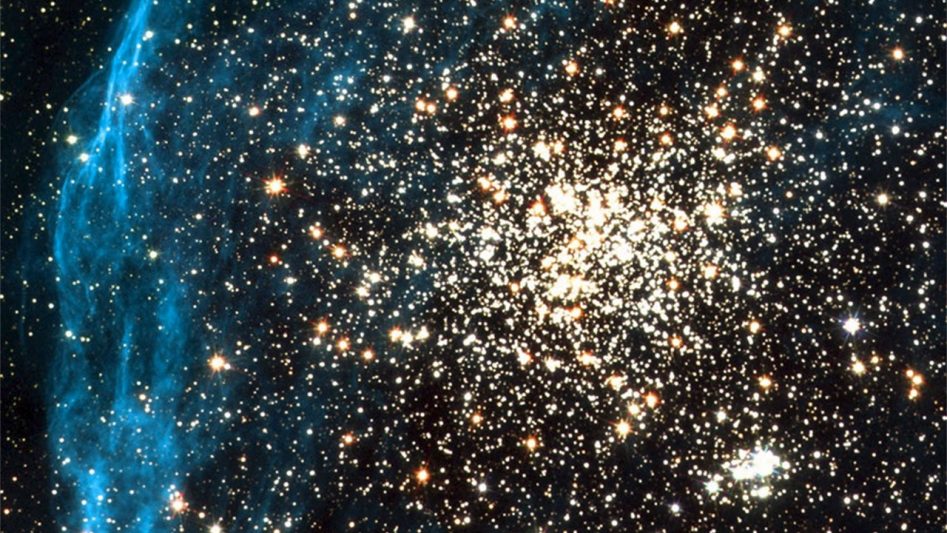
Galaxy-Violent-Relaxation
Recently, Curious Droid did a live video featuring Ethan Siegel, a respected astrophysicist. The topic of the live dhoe was how the universe might end. As I tend to do when I watch a Live video, I was taking notes and I jotted down the term that Siegel used: Violent Relaxation. It may be the greatest oxymoron I’ve ever heard… like something Caligula might have done at a villa on Capri. Of course, Siegel was a fantastic guest and he did take a moment to relate the term to the video topic, but it was simply a brief overview of what sounded like a fascinating subject. So, I decided to do a little research of my own.
Stellar Neighborhoods
Let’s start with the basic idea of stellar dynamics, which is how stars interact with each other. This interaction takes place when stars are within a relatively close “gravitational reach” and have the ability to interact with each other. Basically, when stars are in the same stellar neighbourhood. There are a few types of these stellar neighbourhoods, but the main two are galaxies and clusters.
Clusters are big clouds of stars that orbit around or hang out near galaxies. They are galactic outliers, dotting the regions immediately around a galaxy. Clusters are gravitationally bound to the galaxy, but still doing their own thing on the side. The most prominent form of cluster is the globular cluster, which gets its name because it looks like a big glob (globe) of stars.
I envision the globular cluster as the stellar equivalent of a rowdy crowd of football fans outside a stadium (American or regular football, whatever you prefer). They are packed in tightly, with stragglers hanging around the perimeter, all trying to make their way to the game. They tend to move in the same general direction, but they bump into each other and haphazardly roam about. And although they’re all going to the same place, there is no real sense of order about the movement.
In the stellar version of this rowdy crowd, the stars are often very close to each other. As close as two stars per cubic light year at the center… which is pretty close considering star density in our own stellar neighbourhood is more like two stars per 300 cubic light years.
Another interesting fact about these clusters is that they are very old. These are some of the oldest stars in a galactic system. How do we know that they are so old? The older the star, the lighter it is, literally. After the big bang, when all the stuff of the universe was really new and really hot, stars were made of hydrogen and helium, the lightest elements. As the universe got older, fun stuff happened. Stars exploded, chemical reactions took place, molecules bonded together, and larger elements formed. Which is how our little Earthly oasis came to possess all those brightly colored blocks on the periodic table. But old stars keep it basic: hydrogen and helium. If you can see the star’s makeup, you can tell its age. Clusters were some of the very first stellar gatherings in our universe, too small to be galaxies, but forever gravitationally bound together.
Galaxies, on the other hand, come in all shapes and sizes and they are a little bit more orderly than a cluster. If you took that pack of football fans and had them queue up into a nice, concentric spiral, all circling in the same direction, you’d have a galaxy. They spin faster and tend to be bigger, with a more diverse grouping of stars ranging from very old, to very young. Like pasta, galaxies come in a variety of shapes and sizes including rings, dwarfs, shells, pinwheels, starbursts, ellipses, barred-spirals, and superluminous.
The Stellar “Boot”
Now that we’ve established the basics of the stellar neighbourhood, we can take a look at the phenomenon of relaxation and how stars might get “the boot” if they don’t get along gravitationally with their neighbours.
The term relaxation is most typically applied to chemistry and physics. Relaxation occurs when a system, any physical or chemical system, tries to eliminate chaos and move toward equilibrium. And more specifically, relaxation time refers to the time it takes for a system that was formerly in equilibrium but was disturbed, to come back to equilibrium.
Think of it like throwing a pebble into a puddle. Before you throw the pebble, the water is as still and smooth as a mirror. You throw the pebble and the water is disturbed, causing waves to roll over the surface. The disturbance doesn’t last forever though. Eventually, the surface returns to its mirror-like quality, assuming the disturbance is no longer present. Relaxation time is the time it takes from the instant you disturb the surface to the moment the surface becomes still again.
In that example, the system is the collection of water molecules that make up the puddle, and in astrophysics, the system is a cluster or galaxy. Adding the term “violent” to a phrase simply means that it happens quickly. The phrase was first coined by Donald Lynden-Bell, a British astrophysicist, who published a paper on the subject in 1967. I read the paper (see references for the full document) and it’s basically a bunch of math equations. But the gist of the paper is this: a stellar system can go from a chaotic state in its early life to semi-equilibrium by basically slingshotting stars around through gravitational interaction. Meaning those stars either exit the system or relax into a more stable orbit, while the remaining stars become more tightly bound, thus causing the whole system to be more stable. Since it happens relatively quickly, it is considered “violent.”
Similarly, some planetary scientists believe that our own solar system was shaped by the gravity of the planet Jupiter. With its huge gravitational pull, Jupiter did its fair share of bullying in the early days of the solar system, sending debris, moons, and possibly even planets on an eternal hike out of the system. It may have even had a role in moving the existing planets around while things settled down. Now, thanks to Jupiter and its gigantic gravitational forces, our solar system is relatively stable.
A Final Word from Lynden-Bell
As is stated in his paper, violent relaxation happens when the galaxy or cluster is dynamically unstable, meaning it’s actively moving bits of itself around to get as close to equilibrium as it can. This relaxation takes a relatively short amount of time and eventually, it loses its “violent” nature. However, there is no state of “complete” equilibrium in the stellar system because the stars in the system will continue to interact with each other. That’s just the nature of gravity and physics. And even huge galaxies that are considered stable will have interactions with other clusters, galaxies, and matter out there in space, causing who-knows-what to happen in the future. In the long run, even after everything seems nice and stable, gravity still has its say on the shape of our universe.
https://www.space.com/29717-globular-clusters.html
https://www.britannica.com/science/globular-cluster

